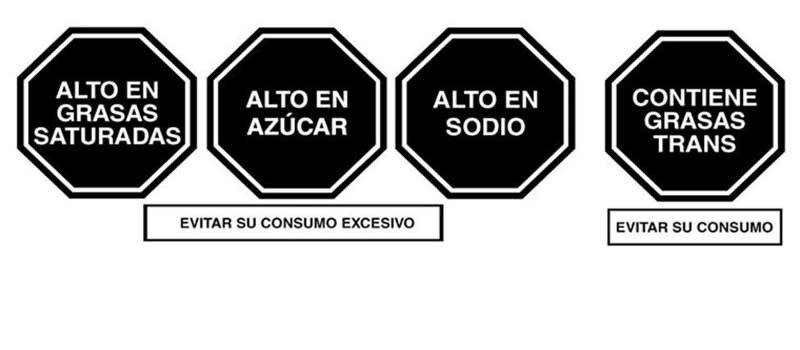While – depending on the source - 8% to 10% of Peruvians still suffers from under- and malnutrition, on the other hand the country is among the top 3 on the list of Latin American countries with the highest obesity rates.
According the Peruvian Ministry of Health in 2018 53.8% of people in Peru were overweight, 18.3% of these even obese; with an increasing tendency. And just recently data from BBC Mundo indicates that Peruvian men have together with their fellows from the Dominican Republic the highest increase in body fat among men in the world. Additionally even though Peru has an abundance of fresh fruits and vegetable, grains, fish and meat, as well as numerous superfoods and herbs and all this still for affordable prices, the consumption of soft drinks, sugary juices and processed foods is increasingly popular and the consumption of fast food even skyrocketed by 265% in the last decade. All alarming numbers. So it’s time to do something.
To tackle the overweight and obesity epidemic and discourage people from eating junk and unhealthy foods or drinking sugary beverages, already in 2013 former president Ollanta Humala signed a draft law which included a labeling requirement for industrially processed food products with high amounts of sugar, salt and fat. Years of debate followed, Peruvians gained even more weight and only in June 2018 current head of state Martín Vizcarra finally signed an updated version of a new food-labeling law, which seems to satisfy all involved parties except food / beverage producers, but finally goes into effect in mid-June 2019.
From then on all industrially processed food products in Peru that exceed the by law regulated limits for sugar (22.5g / 100g), salt (800mg / 100g), saturated fat (6g / 100g) and trans-fats and all beverages that exceed 6g of sugar per 100ml, 100mg of salt and 3g of fat must have a prominent black, octagonal label on the front top right corner of the package that simply says, depending on the nutrient in question: “high in sugar”, “high in sodium”, “high in fat”, “contains trans fats”.
These new, easy to understand nutrition warning labels make it easier for consumers to identify products with high amounts of sugar, salt and fats and enable them to make informed decisions - hopefully choosing healthier options.
And the system works. Neighboring Chile already introduced the nutrition alert labels in 2016 and after the first year of use already 93% of Chileans reported they understand the labels and 92% found it influenced their purchasing decisions. Since then especially the offer and consumption of sugary beverages and breakfast cereals decreased significantly.
Back in Peru the Peruvian Health Ministry published new guidelines to further promote healthier drink and food choices in schools and other educational institutions in the country in February 2019. Products with one or more “black nutrition stop signs” are no longer allowed to be sold at school / university kiosks, cafeterias or canteens. Furthermore, foods and beverages containing artificial coloring, preservatives, flavor enhancers, acidifiers or sweeteners are prohibited as well.
And even advertisement campaigns have to change. The octagonal warning labels have to appear in printed ads, as well as online advertising. The warning has to be clearly mentioned in broadcast media advertising as well. Among many other restrictions marketing campaigns for the target group of under 16-year olds can’t promote products with high amounts of sugar, salt and fats in the future or use fictional or real heroes. Furthermore, it’s prohibited to promote extreme or impulsive dietary habits. Additionally, companies aren’t allowed anymore to advertise food products and drinks as status symbol.
In 2022 the second phase of the new food-labeling law goes into effect. Then food products that exceed 10g of sugar per 100g (now 22.5g), 400 mg of salt (now 800mg) and 4g of saturated fat (now 6g) have to be labeled with the black stop sign. Beverages then can only contain 5g of sugar per 100ml (now 6g) before the warning label has to be on the bottle.
Let's hope that these measures are enough so that Peruvians re-think their eating habits, turn their backs on unhealthy "in" food choices and return to a diet full of fresh, locally produced, healthier options.


